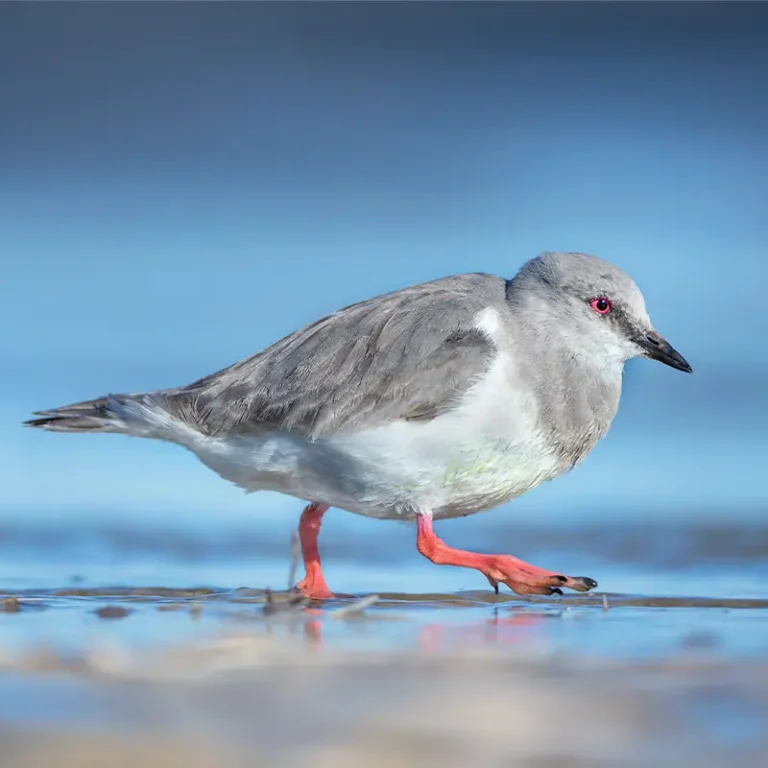Context and objectives
The Magellanic Plover is one of the most charismatic species of the southern Patagonia and one of the most sought after by bird watchers. However, it remains relatively little known, with scarce and specific information, and few comprehensive studies to understand in depth its ecology and the state of its populations. For this reason, for years we have placed special interest in the Magellanic Plover, monitoring its populations together with that of other species of shorebirds. Since 2010, information of great relevance has been collected that allowed us to establish a baseline to design a joint research and management strategy. This work seeks to know with greater precision its conservation status, evaluate the real impact of the identified threats and, above all, test management actions that contribute to improving its situation if it becomes necessary to apply them.
Our actions
- Population monitoring of its entire distribution area.
- Monitoring the advance of its main threats -invasive species and transformation by livestock-.
- Studies on movements and migration Protection of nests with anti-predator closures and trampling of large herbivores. Studies on ecology, demography and conservation.
Protagonists
Habitat and behavior
It inhabits coasts with low vegetation and good visibility in lagoons, lakes, rivers and even in the sea. During the reproductive season it is found in southern Santa Cruz, northern Tierra del Fuego and in the Magallanes region in Chile. In the winter season it migrates northeast along the Atlantic coast, even reaching the south of the province of Buenos Aires.
Feeding
It digs with its feet to search for macroinvertebrates in the sediment, which is an unprecedented behavior among shorebirds. It also forages in the manner of other birds: it picks up rocks and detritus with its beak like a stonecatcher, skims the water line like a sandpiper, and makes short runs like a plover.
Reproduction
Pairs form during the spring. They lay 1 or 2 eggs in a simple nest, which is usually a natural cavity and/or excavated in the coastal sediment lined with small stones. Often among the rocks to protect it from the wind and favor the crypsis of eggs, chicks and adults. Both parents take care of the chicks until they become independent.
Curiosity
1) It’s not a Plover! Paradoxically, the Magellanic Plover is closely related to the Snowy Sheathbill. In fact, two fossils were discovered in Australia and New Zealand that suggest that both families are evolutionary relics of a group that was more diverse millions of years ago. 2) The species was discovered in Tierra del Fuego in the 1840s, however it already had a name for the Selk’nam inhabitants of the place: Toish-te.
Threats
Most of the breeding distribution is subject to some kind of livestock exploitation. The nests, built on the ground, suffer a high risk of egg loss due to trampling. The Río Gallegos estuary is the most important site for the conservation of the species. In this context, unleashed dogs and pollution of the estuary are a threat to the survival of the plovers.








